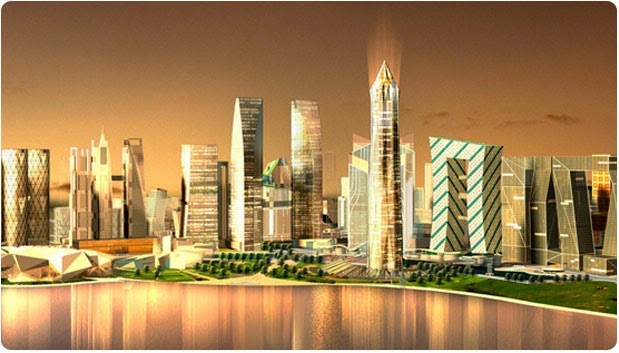Construction industry has developed leaps & bounds throughout the last two decades. The industry that mainly focuses in constructing real estates and infrastructure has altered the world's earth-line and skyline; merit to the supplies and the tastes of today's high creative generation. In-order to convene the ever growing demands and to stay further on with the competition, plenty of money is being invested in automate their process and implementing ERP solutions; but do they get the ROI?

Why Construction Companies are implementing the ERP for their business?

The processes inside construction industry are unstructured along with intricate. Different exterior people prevent streamlining your processes.
As a result, delay time increase and this perpetually impact the project delivery. Secondly, considering the Indian native demographic, a good management is needed at tasks acquiring accomplished at several sites. In realistic phrases this is not quite feasible.
Therefore dependency & trust on human personnel in very high. Unfortunately, trust becomes taken advantage of by simply people because of their personal curiosity; which impacts the cost in addition to the quality of the particular projects.
As a result of higher addiction with manual operations, the communication flow among the project sites and the head office isn't sleek. Often information isn't readily available & would have to be collated from sites; which once again might be manipulated.
This loss in appropriate info or acquiring unfinished info doesn't help the organization in taking decision for the appropriate time; which has a cascading outcome on the project cost, time-frame and quality.


Availability of skilled workers is another challenging mission & to retain them is more demanding. With challenges on one hand, industry business houses are stimulating themselves in executing with the great projects. From residential & commercial projects, the situation is moving to development of IT parks, superb townships, shopping malls, sky scrapper buildings. Additional progressive companies in the construction and capital development space have realized that the true path to success is an integrated, only construction industry specific solution that has the ability and the power to provide access to information when executives need it. Our product Cims ERP satisfies all the requirement listed below.
- Should provide to the needs of this corresponding industry.
- Should have typical built in process for this construction industry
- Must alert the users instantly on a particular event
- It must be a user friendly for users to make use of the system
- Minimal customization; Fast implementation
- Should be highly secured; data confidentiality is the major importance
- Good team support for appropriate support to the users
- Should get frequent upgrades with latest features
- Should be cost effective for the value received
The nature of this business means that every second delayed on a project affects the basement, and decisions need to be made rapidly with the most accurate information on hand. The bigger project and with several locations across a region, the more powerful the solution needed to way in the financial information and provide project controls to make sure the successful project.


















